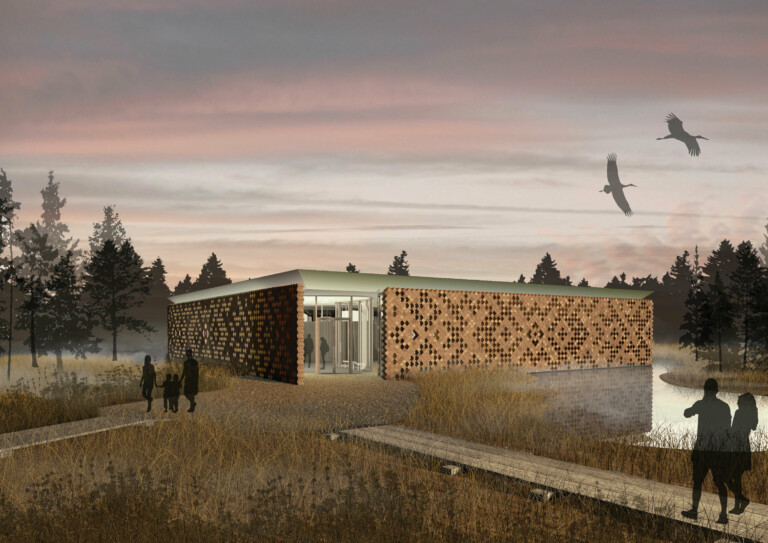
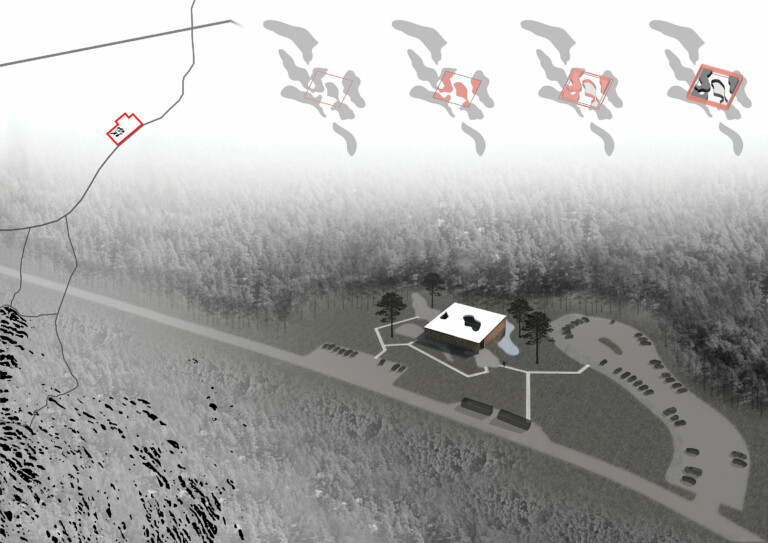
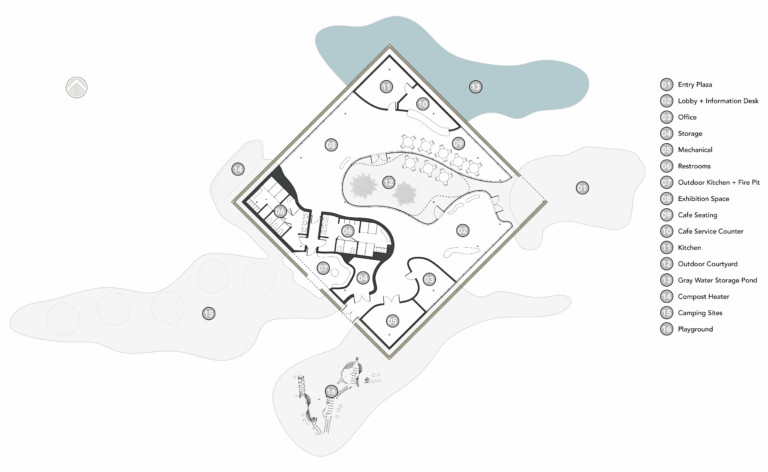
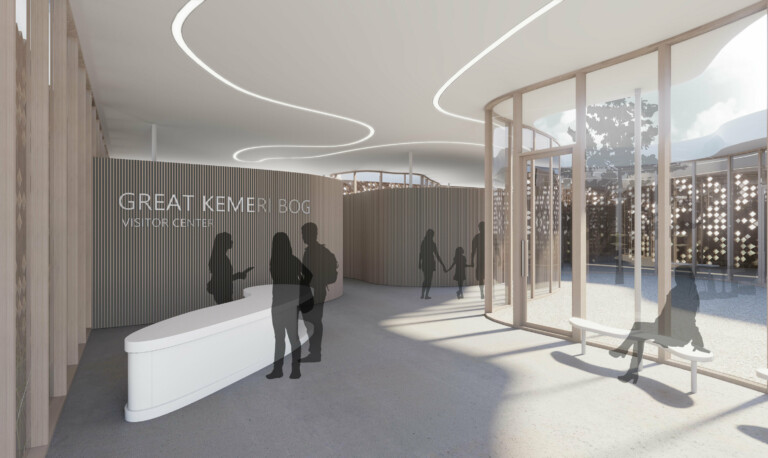
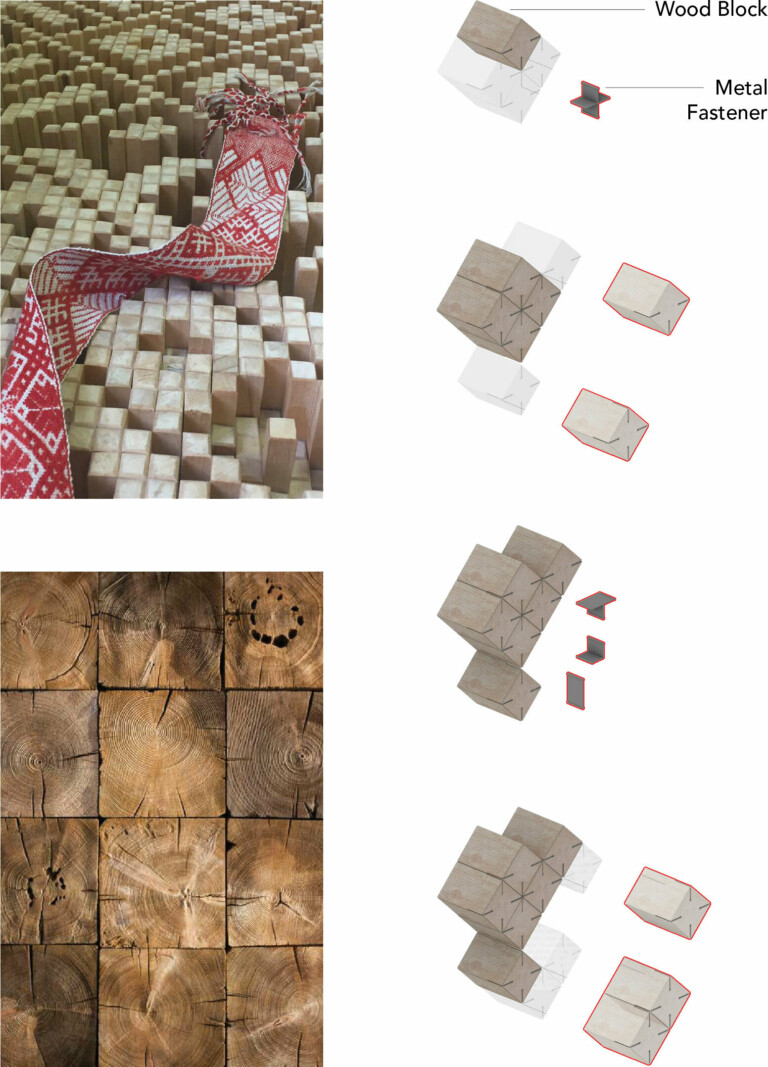
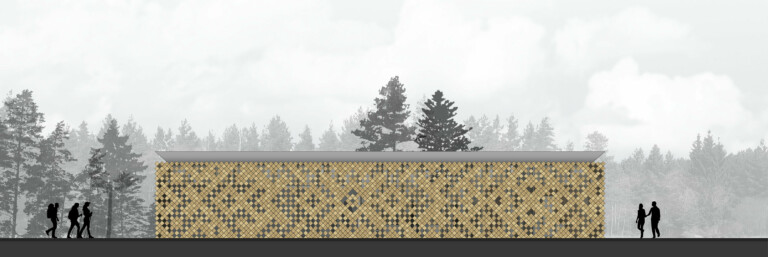
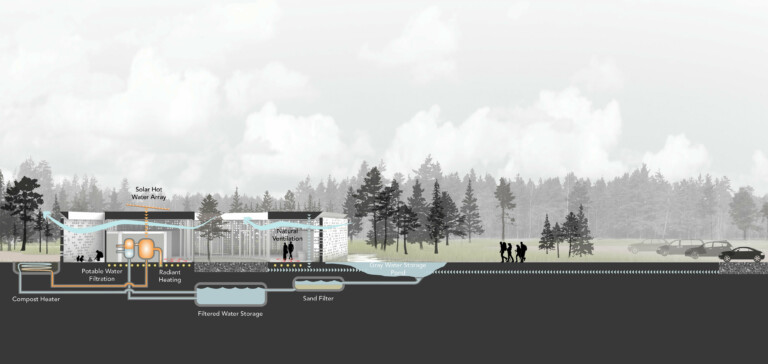
Kemeri
The Kemeri National Park is the third-largest national park in Latvia and covers over 380 km². The park is home to countless species of birds and wildlife, with a varied landscape that makes it a popular visitor attraction. Just 10% of the park is occupied by lakes, rivers and sulfur springs, while over half of it is forest.
Nearly a quarter of the park, however, is made up of bogs, and this is what most of the park’s visitors come to experience. The Kemeri Bog boardwalk offers guests a chance to explore the vast network of wooden boardwalks and nature paths that traverse the park. Visitors can see nature up close and venture into a world virtually untouched by man.